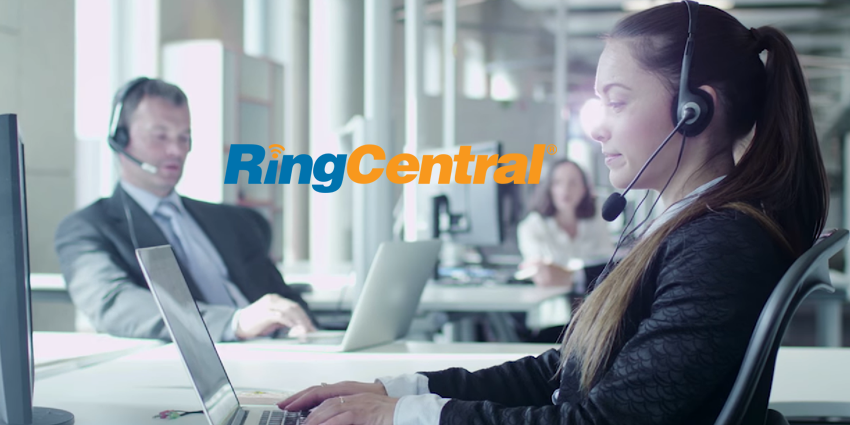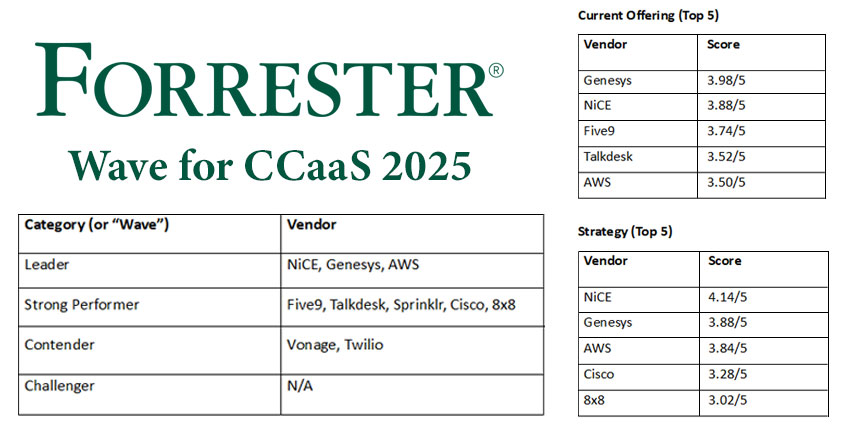2020 saw further increases in customers transitioning from in-store interactions to online behaviour, putting extra pressure on the call centre to meet heightened expectations, especially taking into account remote working because of the COVID-19 pandemic. Even so, customers aren’t happy with the experiences they receive. According to market research firm Harris Interactive, around three out of every four customers think that it takes too long for them to talk to a customer service agent.
Now, with the call centre becoming a dominant communication channel, organisations are re-assessing how to improve experiences while taking as much load as possible off call centres and customer support agents. Automation is one answer and analyst firm Gartner predicts that by 2022 70% of all customer interactions will involve technologies such as machine learning applications, chatbots, and mobile messaging. These all come together to streamline the customer experience by enabling better prediction of what customers want, earlier identification of solutions to problems and even ways of forestalling customers’ needs to call in the first place.
This is known as deflection and while, in the past this has been used interchangeably with call avoidance, it is not the same thing. In contrast to the primitive approach of a message urging callers to go online or a warning of long queues due to unprecedented demand which are really call avoidance, call or contact deflection is a carefully developed and inclusive strategy. It encompasses consistent support for customers across all channels and offers a range of additional communication tools for organisations.
Avoidance vs Deflection
These extend from offering a call back at an appropriate time, based on the contact centre demand and the customer’s availability. Alternatively, a call deflection to a digital channel enables 24/7 customer support so they can get an instant response via a chatbot or self-serve with FAQs or by sending in an email during off-hours. Importantly, this is not avoidance of the interaction, it is merely deflection of it from the call centre.
A cohesive strategy here means making alternatives available to customers but not forcing them upon them if they really do want to talk. However, successful deflection does mean encouraging customers to use other methods and practices such as route analysis can be useful here to
determine how customers are likely to approach the business to get answers to their issues. Bear in mind that different customers have different preferences and different issues require different types and channels for response. A simple issue might be readily resolved by a self-service chatbot, for example while a complex, highly-specific service query probably does need a call centre interaction.
The key goal should be to make the customer’s journey easier rather than more complicated. For some, digital channels that allow attached media to illustrate their issue might be a better solution while for others a simple FAQ may solve the problem without a call.
Fewer inbound calls and more satisfied customers are not mutually exclusive outcomes. By carefully choosing a call deflection strategy you can provide excellent customer service using preferred channels to provide speedy resolutions and still save load on the contact centre. Many customers will prefer this to the traditional call centre interaction.







